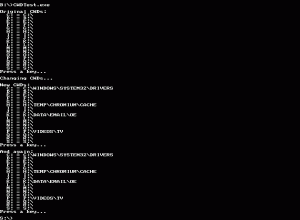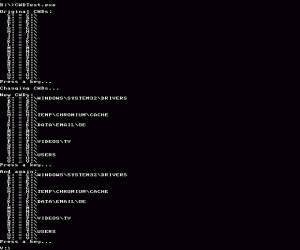The idea that ghosts can haunt and torment the living is absurd and logically impossible.
Nobody knows for sure what lies after death, but there are two commonly accepted possibilities; either there is or is not an after-life:
- If there is no after-life, then there are no ghosts, plain and simple. Case closed.
- If there is an after-life, the situation depends on what type of person they were before they died. If they were good, then they would not haunt and bother the living since they are good. Moreover, there is no reason for them to hang around here since they may as well go to Heaven to get their reward for being good. If the person was bad before dying, then there is no reason for them to be hanging around and tormenting the living because they should be reporting directly to Hell for punishment, not passing Go or collecting $200. It makes no sense that they would have a choice of crossing over and going to Hell or not since they obviously would choose not to go and rather stay here for eternity. If they were bad, then they would be forcibly dragged to Hell; no choice about it.
The only scenario in which a ghost could even exist is if the person was good and needs to put off going to Heaven in order to help bring their murder to justice or look after a loved one for a while or some such. Either way, there is no scenario in which a ghost can exist to haunt and harass the living.







